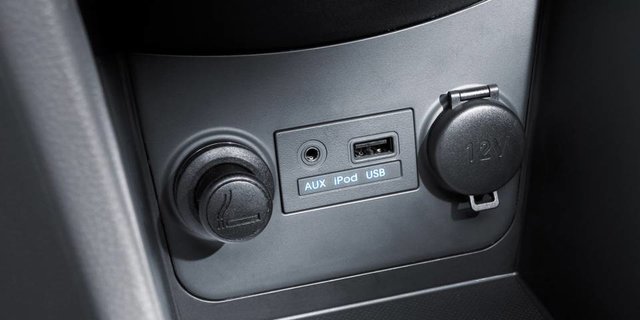With more devices needing charging, your vehicle's electrical system can feel the strain.
No doubt about it; we are connected to our devices and various other types of electrical convenience/travel items. And thanks to some auto insurance companies’ Big Brother eyes, our vehicles are becoming a great data mine. What to all of these have in common? They all can put a strain on our vehicles’ electrical systems, leading to driver frustration and break-downs. If you know what’s behind our chariots’ abilities to power up our electronic world, you can avoid some of the common downfalls.
Yes smartphones can kill your vehicle’s battery if they’re left charging when the vehicle’s engine is off. A lot of it depends on the engine battery’s condition and how much electrical drain the phone requires. Most phone chargers have a system that discontinues draining the charge power source when the phone battery is fully replenished, but not all. And as vehicle batteries age, their ability to withstand power draining can be diminished. Best rule of thumb is to only recharge your phone while driving the vehicle. Laptops and tablets will draw power at higher rates, so the risk of a dead vehicle battery will be higher with these. Many vehicles have their powerpoints on a switched circuit. This means when the ignition is off, there is no power at the point. But not all are created equally and some powerpoints can remain active with the engine off. Some vehicles even have both types. You can check yours with any plug-in adapter that has a power indicator light.
Vehicle wiring is much lighter today than it was as little as a few decades back. With these small-gauge wires comes lower amperage fuses that are easier to trip (blow is a better word because once they fail they have to be replaced). While older vehicles used substantially robust fuse blocks and fuses that provided protection for up to 30 or more amps of draw, the average under-dash panel in most modern vehicles has few circuits with blow coverage of more than 10 amps. Use a 12-volt plug that’s in poor or dirty shape or with any corrosion on its contact tip and you will likely be getting familiar with the hard-to-reach and harder-to-see locations of your dash fuse panel. One of the largest drivers of blown car fuses is the handy 12V portable food cooler/heater. Their start-up electrical demand can easily trip lighter micro fuses. Poor trailer wiring also rates up at the top for problems.
A relatively new kink in our quest to keep our motors running is the use of data collection devices by insurance companies to keep track of our driving habits. These innocuous little plug-ins mate with our vehicle’s diagnostic connector to check, record and transmit our speed, braking and acceleration habits among other things. The problem with these is they defeat an anti-drain feature built into most vehicles today; its hibernation mode. To combat the chances of someone inadvertently leaving one of the multitudes of electrical gizmos on to kill the battery, on-board computers will shut every circuit off after one hour or less of ignition-off time. These little insurance big-brothers can keep several of a car’s computers continually engaged thus risking a dead battery after a few consecutive weeks of parking. Short distance travelling occasional drivers have found this out the hard way and some automakers have issued tech bulletins to advise customers on this issue.









